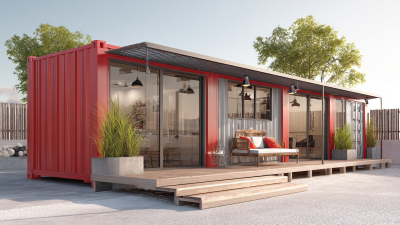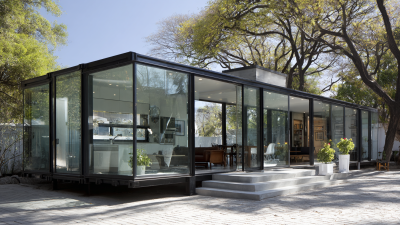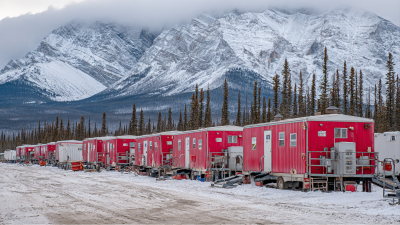Choosing the right prefab classrooms for your educational needs can be a daunting task, given the myriad of options available in the market today. As educational institutions increasingly lean towards modular solutions for space challenges, it is essential to understand the key factors that influence your decision-making process. Prefab classrooms offer flexibility, cost-effectiveness, and a quicker installation timeline compared to traditional buildings, making them an attractive choice for schools at all levels. However, with various designs, sizes, and features to consider, it is crucial to assess your specific requirements, whether it be for temporary use, extracurricular activities, or even permanent expansion. In this guide, we will explore the essential aspects to keep in mind when selecting prefab classrooms, ensuring they align seamlessly with your educational goals and provide an optimal learning environment for students.
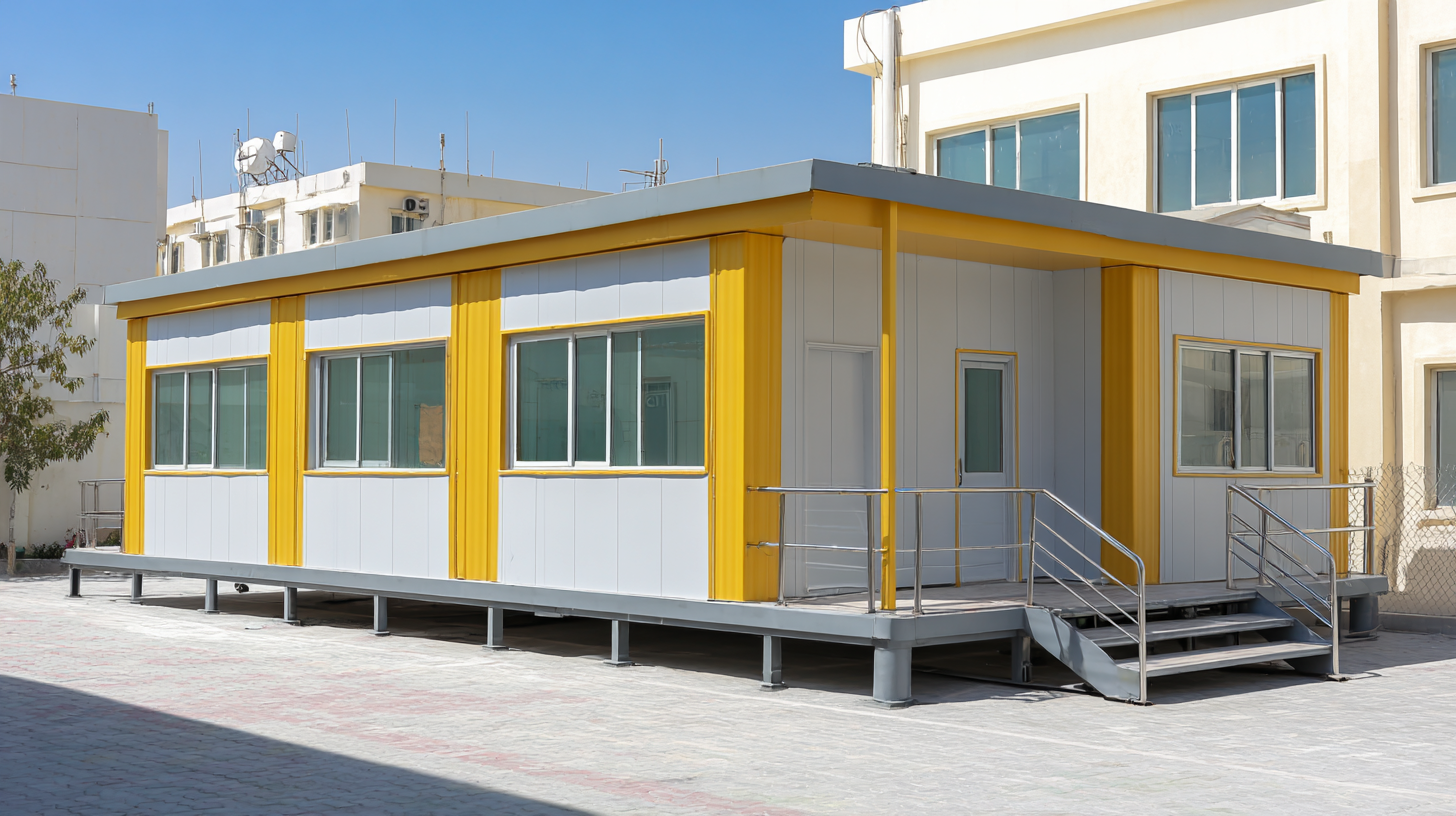
When selecting prefab classrooms for diverse learning environments, several key factors come into play. First and foremost, the design and layout of the classroom are crucial. Consider how the space will accommodate various teaching styles and activities. Flexible seating arrangements and movable partitions can enhance collaboration and adapt to different learning scenarios. Additionally, natural light and proper ventilation are essential for creating a conducive learning atmosphere that promotes student engagement and comfort.
Another important aspect to consider is the durability and quality of the materials used in prefab classrooms. Given that these structures will house students and teachers, safety and longevity should be prioritized. Look for classrooms constructed with environmentally friendly and sustainable materials, ensuring both student health and ecological responsibility. Moreover, evaluating the insulation and energy efficiency of the prefab units can lead to cost savings in energy bills and contribute to a greener educational environment.
Finally, accessibility features must be an integral part of the selection process. Ensure that the prefab classrooms comply with local regulations regarding inclusivity, providing easy access for all students, including those with disabilities. This consideration enables a school to provide an equitable learning experience, reflecting the commitment to fostering an inclusive educational environment. By evaluating these factors, schools can confidently choose the best prefab classrooms to meet their unique educational needs.
When selecting prefab classrooms, understanding the various materials used in their construction is crucial for evaluating durability and maintenance requirements. Common materials include wood, steel, and modular composites. Wood offers natural insulation and aesthetic appeal, but it may require more upkeep due to susceptibility to decay and pests. On the other hand, steel provide excellent strength and durability, making it ideal for areas prone to harsh weather. However, it can become hot or cold quickly, demanding effective insulation systems to ensure a comfortable learning environment.
Modular composites, a newer option, combine the best elements of both wood and steel. They are designed to be lightweight yet strong, often featuring enhanced resistance to environmental factors like moisture and UV radiation. Such materials typically require less maintenance over time, presenting a cost-effective solution for educational institutions. By analyzing the strengths and weaknesses of these different materials, educators can make informed decisions to align prefab classroom choices with their specific operational and budgetary constraints while ensuring a safe and supportive setting for students.
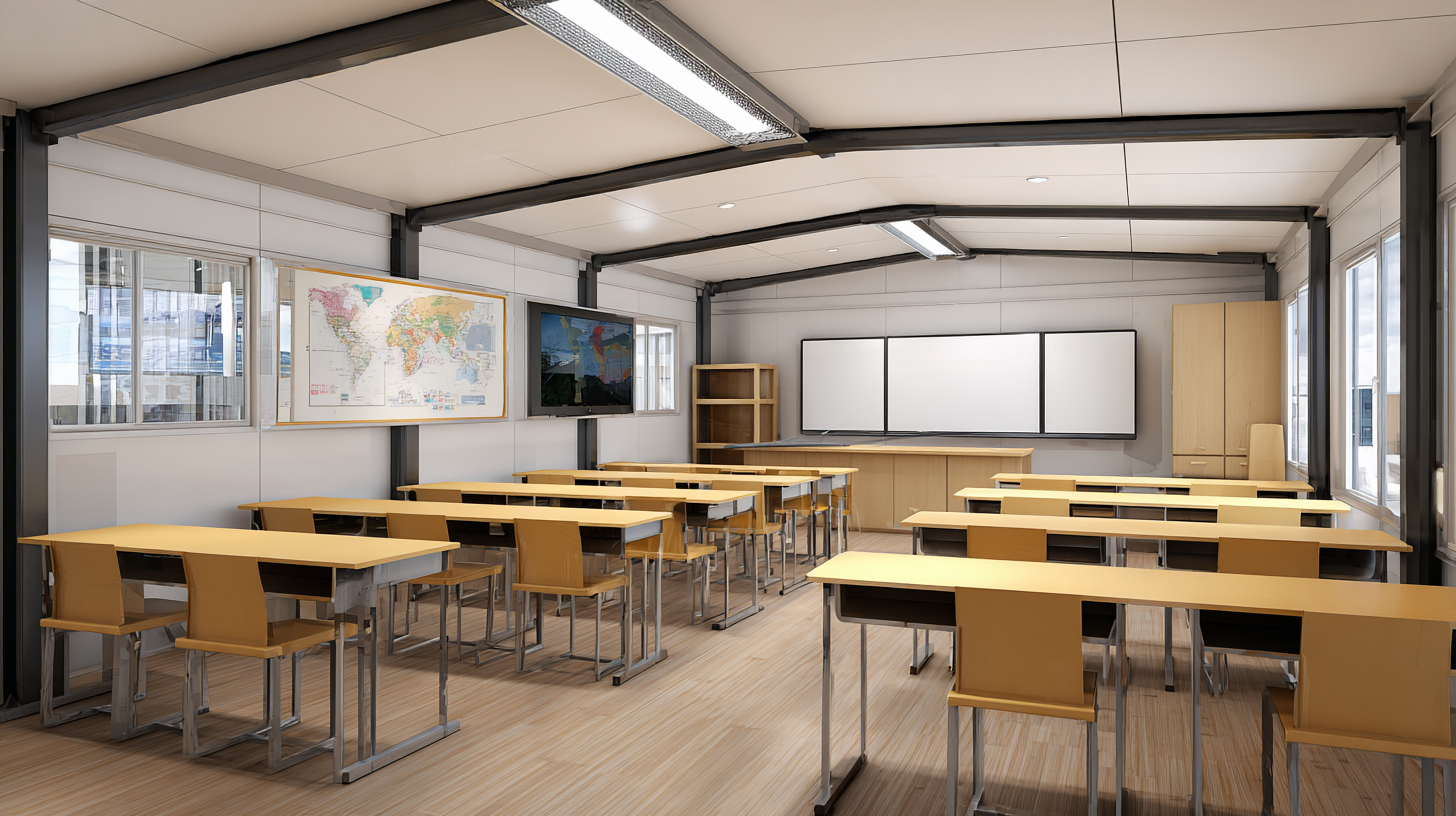
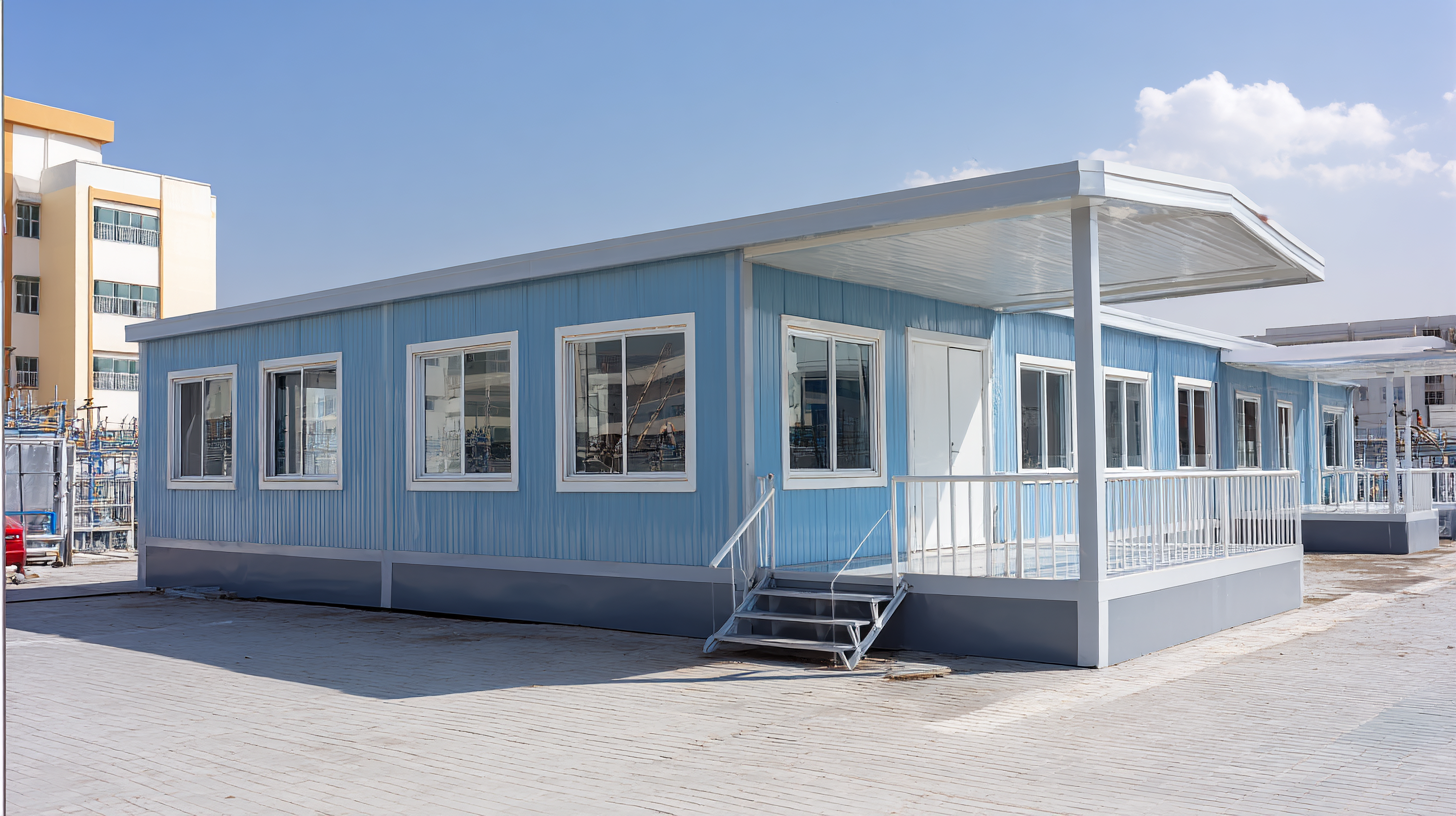 When selecting prefab classrooms for educational purposes, understanding regulatory compliance and safety standards is crucial. Different regions have specific regulations governing the construction and operation of educational facilities, including prefab structures. It’s essential to familiarize yourself with local building codes, zoning laws, and education department requirements to ensure that your prefab classroom meets all necessary guidelines. Non-compliance not only jeopardizes the safety of students and staff but may also lead to fines or the need for costly modifications.
When selecting prefab classrooms for educational purposes, understanding regulatory compliance and safety standards is crucial. Different regions have specific regulations governing the construction and operation of educational facilities, including prefab structures. It’s essential to familiarize yourself with local building codes, zoning laws, and education department requirements to ensure that your prefab classroom meets all necessary guidelines. Non-compliance not only jeopardizes the safety of students and staff but may also lead to fines or the need for costly modifications.
Tips: Ensure that the manufacturer provides documentation proving compliance with safety standards such as fire safety, structural integrity, and environmental health. Additionally, consider opting for models that have undergone third-party inspections, as these can offer added assurance of quality and safety.
Another important aspect to consider is the classroom's placement and accessibility. Make sure that the prefab structure is situated in a location that promotes safety, easy access for emergency services, and adheres to the Americans with Disabilities Act (ADA) requirements. Proper site assessment and planning can help prevent future issues related to safety and accessibility.
Tips: Conduct a thorough site evaluation before installation to identify any potential risks, such as flooding or hazardous terrain. Collaborate with local authorities to ensure ongoing compliance and safety during the operation of the prefab classroom.
When considering prefab classrooms, evaluating cost-effectiveness is crucial, especially in comparison to traditional construction methods. A recent study indicates that prefabrication can reduce overall building costs by up to 30% while also shortening project timelines. This is particularly significant for educational institutions operating on tight budgets, where every dollar counts. By leveraging advanced construction techniques, schools can allocate funds more effectively, ensuring that resources are available for core educational initiatives rather than excessive infrastructure costs.
Moreover, innovations in energy-efficient construction have profoundly impacted the cost-effectiveness of prefab classrooms. The integration of advanced energy-efficient materials not only minimizes energy demands but also leads to substantial long-term savings on utility expenses. Reports suggest that energy-efficient buildings can reduce energy costs by 20-50%, allowing educational institutions to redirect these savings towards enhancing student learning experiences. As sustainability becomes more prevalent in building practices, choosing prefab classrooms that incorporate these energy-saving technologies aligns with both fiscal responsibility and environmental stewardship, making them a compelling option for modern educational needs.
| Feature | Prefab Classrooms | Traditional Builds |
|---|---|---|
| Initial Cost | $25,000 - $35,000 | $50,000 - $100,000 |
| Construction Time | 4 - 12 weeks | 6 - 12 months |
| Longevity | 20 - 30 years | 50 - 100 years |
| Maintenance Cost | $500 - $1,000/year | $1,500 - $3,000/year |
| Flexibility of Use | High (can be moved or repurposed) | Low (permanent structure) |
| Energy Efficiency | Moderate (depends on design) | High (better insulation) |
| Customization Options | Good (varied layouts and features) | Excellent (fully designed to specs) |
Prefab classrooms are becoming increasingly popular due to their innovative design features that not only enhance student engagement but also positively impact learning outcomes. According to a report by the National Institute for School Architecture (NISA), well-designed learning environments can increase student performance by up to 25%. The use of natural light, flexible layouts, and acoustic design in prefab classrooms has shown to create a more conducive learning atmosphere, allowing students to focus better and interact more effectively.
When selecting the right prefab classroom, consider the design elements that foster student collaboration and creativity. For instance, modular furniture that can be easily reconfigured is essential for dynamic learning experiences. Additionally, incorporating technology-friendly spaces ensures that educators can utilize digital tools effectively, aligning with the rising trend of blended learning environments.
Tips: To maximize engagement, prioritize classrooms with ample window space to bring in natural light, as studies indicate that it can reduce fatigue and improve concentration. Also, look for spaces that offer outdoor access, which can provide a refreshing change of scenery and promote active learning. Integrating greenery or sensory gardens within prefab designs can further stimulate students' connection to nature, enhancing their overall educational experience.
